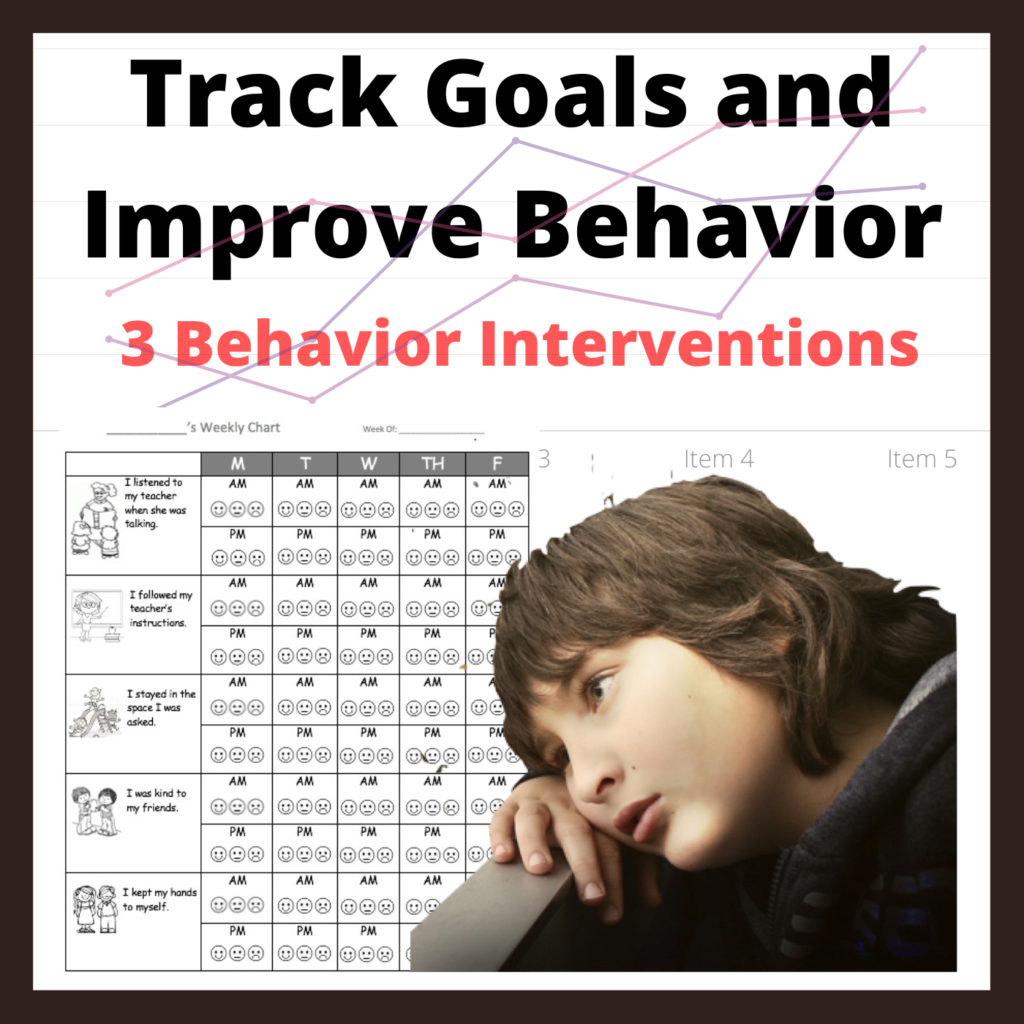90% of the behavior problems you have in your class can be eliminated by changing your routines and environment!
 1.Establish clear expectations.
1.Establish clear expectations.
Let’s use the example of getting in line. I want to take a minute to close your eyes and imagine how you would LIKE a classroom of students to get in line. Imagine the noise level, how quickly it would happen, what their desks would look like, what the line would look like when they are waiting. What you are picturing in your mind might look very different from what I picture in mine. And I’m sure it would look very different from what a 6 year-old would picture. Most of the time we have this imaginary picture in our heads of how we want our students to behave and follow our directions. But our students can’t see what’s inside our heads!! They only hear your words. If all you tell them is “Get in line” well they are going to interpret your direction by using their own picture of what getting in line means to them. So if you want them to get in the line the way you imagine it, you have to clearly tell them in your words what you want.
-What do you want them to do if they aren’t finished with work and you ask them to get in line? Should they leave the work out on their desk as is, put it in a pile or put it inside their desk?
-Do they talk as they walk to the line or are they silent?
-Where should the beginning of the line start? Which direction should the line go?
-What should they do with their hands as the stand in line? all of this has to be explained.
Clear expectations need to be given for everything in your classroom, not just getting in line. Once you lay out the expectations, practice them over and over again! Have students demonstrate the correct way to do the procedure.
If you’ve realized that you need to introduce some clearer routines and expectations to your class, check out my post Make Rules and Routines Fun
2. Limit unnecessary movement.
Most teachers say that transitions are the most chaotic time in their classroom. That’s because there are often a lot of students moving around in all different directions at the same time. Most of those movements are unnecessary. You can stop behavior problems from happening by limiting these unnecessary movements. For example designate one student to pick up finished work while everyone else remains in their seat. Or select one member from each table to go and return supplies. Choose one student to pick up all scissors, one student to pick up all glue. Then, give the students who are remaining at their desk something to do to get ready for what is next.
A productive transition from independent math work into small group reading might look like this:
“John can you please go around and pick up everyone’s math assignment? Everyone put your math paper on the corner of your desk and get out your reading journals. Ellie and Mark, can you pass out our book boxes for your tables. The other table wait until Ellie and John finish.”
Something many teachers find helpful is to use a timer to limit the transition time.
3. Brain Breaks
Another way to prevent behavior problems is by giving students a designated time to move, rest and talk. You wouldn’t be able to sit still, quiet and focused for hours at a time so don’t expect your students to be able to either. Research shows that elementary students can only focus on an activity for 15-30 mins! 3 mins for each year of their age. If you seem to have a noisy, disruptive or disobedient class perhaps you’re expecting them to do too much. Break things up with a 1-3 mins brain break and see what happens.
GoNoodle is a cool website that has videos to help get students moving.
Brain breaks don’t have to be as involved and a GoNoodle video. You can also break your lesson into natural, flowing 15-30 min parts. Instead of delivering ALL the content for a lesson upfront, break it up into chunks. So, “lecture” or show a powerpoint for 15 mins. Then have students do something to discuss or practice what you’ve just talked about. Then, gather students back and deliver another 15 mins of “lecture” and have them then practice and discuss what you talked about in the second half. Breaking your lesson up into these pieces makes it much more manageable for students. Simply taking 5 mins to ask students to turn to their neighbor and discuss a question, provides the needed movement students need to be able to come back and continue taking in new information.
Check out these other posts you might like:



